Доступ
Ни стоимость, ни точная дата выпуска в продажу пока не названы. Известно, что в магазины ZX1 поступит в 2021 году. Низкие цены ожидать не стоит: Sony α7 III, с которой фотокамере Zeiss предстоит конкурировать, стоит от 145 тысяч рублей. И это только за «тушку»! А у ZX1 вполне себе неплохой фикс идёт в комплекте. Так что, возможно, цена будет близка к Zenit M: около пяти тысяч долларов.
Выходит очень интересная ситуация: на рынке появился новый игрок. Конечно, пока непонятно, как хорошо себя покажет собственная матрица Zeiss, но лично у меня уже руки чешутся попробовать эту камеру в действии.
Смартфоны
Huawei
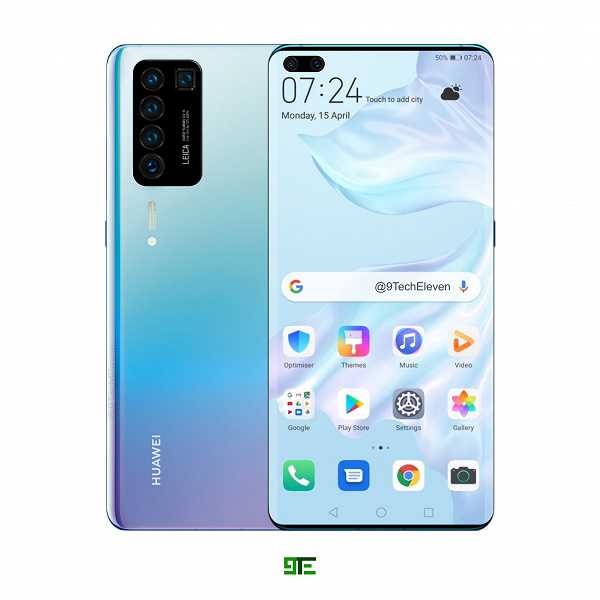
Грядущий флагман компании Huawei смартфон P40 Pro ожидается только весной 2020 года, однако, уже сейчас один из ресурсов опубликовал рендер, основанный на фотографиях раннего прототипа этого устройства.
Интересное на PHOTAR.RU:
 David LaChapelle
David LaChapelle
- Художественная фотография Quentin Shih
- Увлекательные винтажные фотографии голландских мужчин в традиционных брюках Volendam
- Простые шведы и карельских православных монахи, снятые Einar Erici в 1930-х годах
- Свечение светодиодных теплиц
- Урбанистический Тетрис Мариана Атанасова
- Bunny Yeager культовый фотограф эротической пинап-фотографии
- Mark Rammers повседневная жизнь в Сен-Луи
- Модная фотография от JEAN NOIR
comments powered by HyperComments
Editing on, and sharing from the ZX1


Same Lightroom, different platform; as you’d expect, the ZX1 produces identical results to what you’d get on a desktop machine. You can see and download the unedited JPEG and DNG file here.
Lightroom serves as the only way (at the time of this writing) to really fine-tune your output on the ZX1. Most other manufacturers offer color profiles, or the ability to tweak JPEG output in terms of sharpening, tone curve, and so on. On the ZX1, you have no such options (well, as of firmware 1.5, released the day before we had to send the camera back, you can now adjust JPEG sharpening – needless to say, we haven’t had time to test it). You must pull a file into Lightroom to make any significant tweaks at all. The tradeoff for the extra effort is, of course, the degree to which Lightroom allows you to make edits.
The Lightroom editing experience is fairly responsive and will be familiar to those used to the Lightroom mobile experience on Android or iOS. Unfortunately, we found it was sometimes difficult to get the ZX1 to respond to our inputs, particularly when dragging sliders – it could take as many as five attempts to get the interface to respond. By default, Lightroom doesn’t enable lens corrections on the ZX1’s DNGs, so you may want to do that yourself if the vignetting is too strong (there’s not much in the way of distortion to be corrected).
Also, exporting edited DNGs took anywhere from 30-50% longer on the ZX1 than a Pixel 3a smartphone (a midrange 2019 model that isn’t especially powerful or expensive), with the same file and identical adjustments.
 |
| While it’s nice to have the flexibility of Lightroom on the ZX1, you don’t always need it. I wasn’t always blown away by the ZX1’s JPEGs, but I thought this one was nice, bright and contrasty, and the white balance nailed the warm sunset light. Out-of-camera JPEG | ISO 100 | 1/242 sec | F8 |
When it comes time to share your images, you must first dive into the camera’s settings, connect to a Wi-Fi signal and log in to Facebook or cloud services Flickr, DropBox or OneDrive. Once you’ve done that, you can share them directly from the camera’s playback mode. Testing with a OneDrive account, only a couple of taps were required, and the camera created a ‘ZX1’ folder and uploaded a full DNG file with no hiccups.
You may find that you’re having to log in to similar accounts in different places, though, which is a little bit confusing. You can share directly to Instagram from playback, but you have to log in from the playback screen; there’s no option to log into Instagram from the main menus where you can log in to a Facebook account.
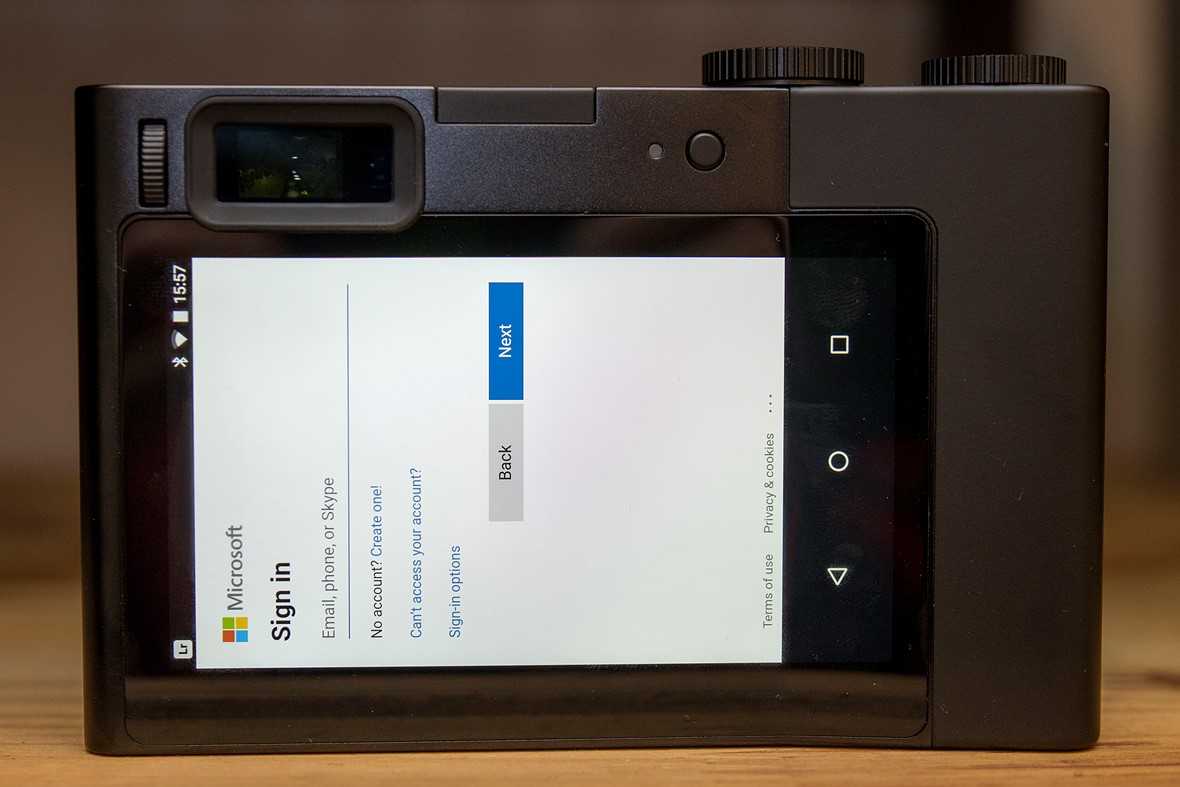 |
| Logging into an account isn’t always the most streamlined affair. |
There’s also the option to share directly from Lightroom Mobile, but the app itself handles all of those logins, so you’d need to set up your accounts there, too. In other words, login settings you’ve entered in the camera’s menus aren’t carried over into Lightroom automatically. If you want to upload directly from the Lightroom app instead of the playback screen, you can do so in the background if you’d like to resume taking images.
After you’ve gone through several rounds of logging-in, though, uploading photos to a variety of services is pretty straightforward, and unless you’re switching accounts, you won’t need to log in again.
Panasonic Lumix DMC-SZ10 Black
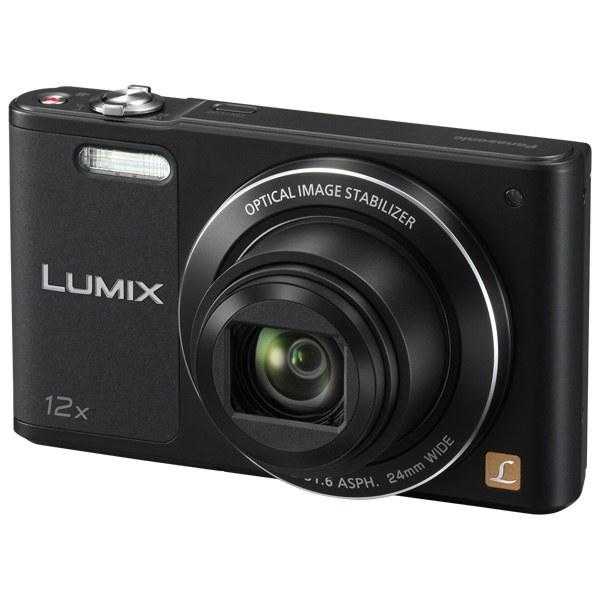
Размер экрана:
2.7», поворотный
Интерфейсы:
Wi-Fi, USB, видео, аудио
Карты памяти:
SDHC, SD, SDXC
Оптический зум:
12x
Цифровой зум:
4x
Все характеристики…
Оценка читателей:
5/5
Читать отзывы
Panasonic Lumix DMC-SZ10 Black – фотоаппарат, который позволяет делать фотографии и снимать видео. Благодаря матрице на 16 Мп в сочетании с хорошей оптикой устройство помогает делать фотографии как на минимальном, так и на максимальном расстоянии от объекта.
Прибор может соединяться с другими устройствами по Wi-Fi. Это означает, что фото, сделанные аппаратом, можно сразу выкладывать в интернет или оставить их во внутренней памяти, чтобы позже насладиться просмотром.
Камера позволяет делать селфи. Это этого нужно повернуть прибор задней панелью к себе. Благодаря этому аппарат переключится в режим расфокусирования и активирует опцию коррекции лица.
Преимущества
- можно делать снимки на расстоянии от 3-х см от объекта
- компактные габариты
- функция видеосъемки
- наличие функции «селфи» позволяет делать автопортрет
Usage impressions
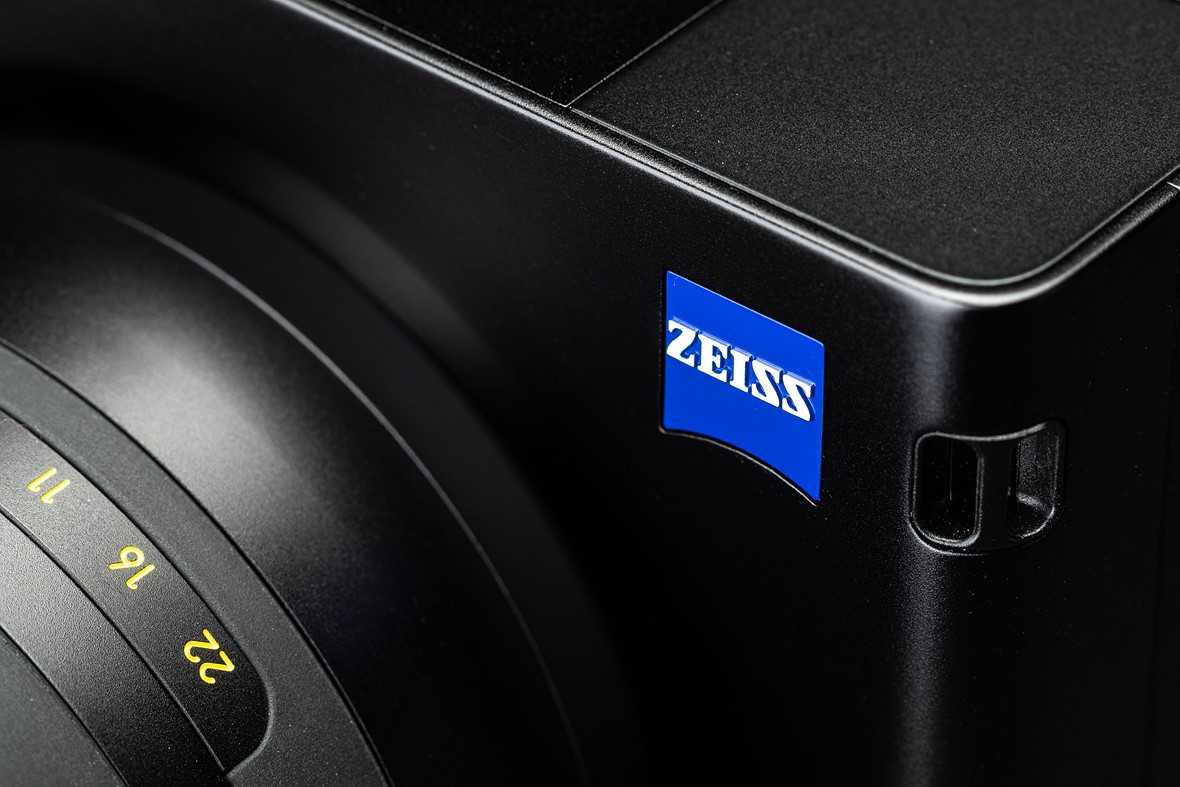 |
The question we started out with was, «how well does ‘back-to-basics’ work when combined with a modern, smartphone-esque interface?'»
As it turns out, fairly well. The Zeiss ZX1 doesn’t come off as though it’s having an identity crisis, nor as an electronic gadget with novelty that starts to wear off on the packaging you remove it from. It comes off, simply, as a camera – albeit one that has its fair share of quirks.
 |
| This was one of my favorite images from a quick backyard photo shoot, but even with the AF area over my subject’s face, the image ended up slightly back-focused That bokeh, though…Tap or click through for the full image.Adjusted in Camera Raw 13 | ISO 100 | 1/271 sec | F2 |
The direct dials and big displays go a long way towards allowing you to just focus on photographing what’s in front of you. It’s a camera that is pretty well-suited to being your daily photographic companion, capturing the ins and outs of daily life and allowing you to share those moments from wherever you happen to be. Unfortunately, the control rings are incredibly difficult to operate by feel with your eye to the finder, and you have to really press your eye to the finder to get the full picture.
Further quirks do irk. The ZX1’s autofocus system is both basic and a bit unusual – we’ll cover more details in the dedicated autofocus section to come. Shooting with ‘image review’ enabled forces you into watching an animation of your last-shot image fly up to your camera roll, which takes extra time (just disable image review for the most fluid shooting experience). Also, that ISO dial should really be an exposure compensation dial or at least a multi-purpose dial with exposure compensation as an option.
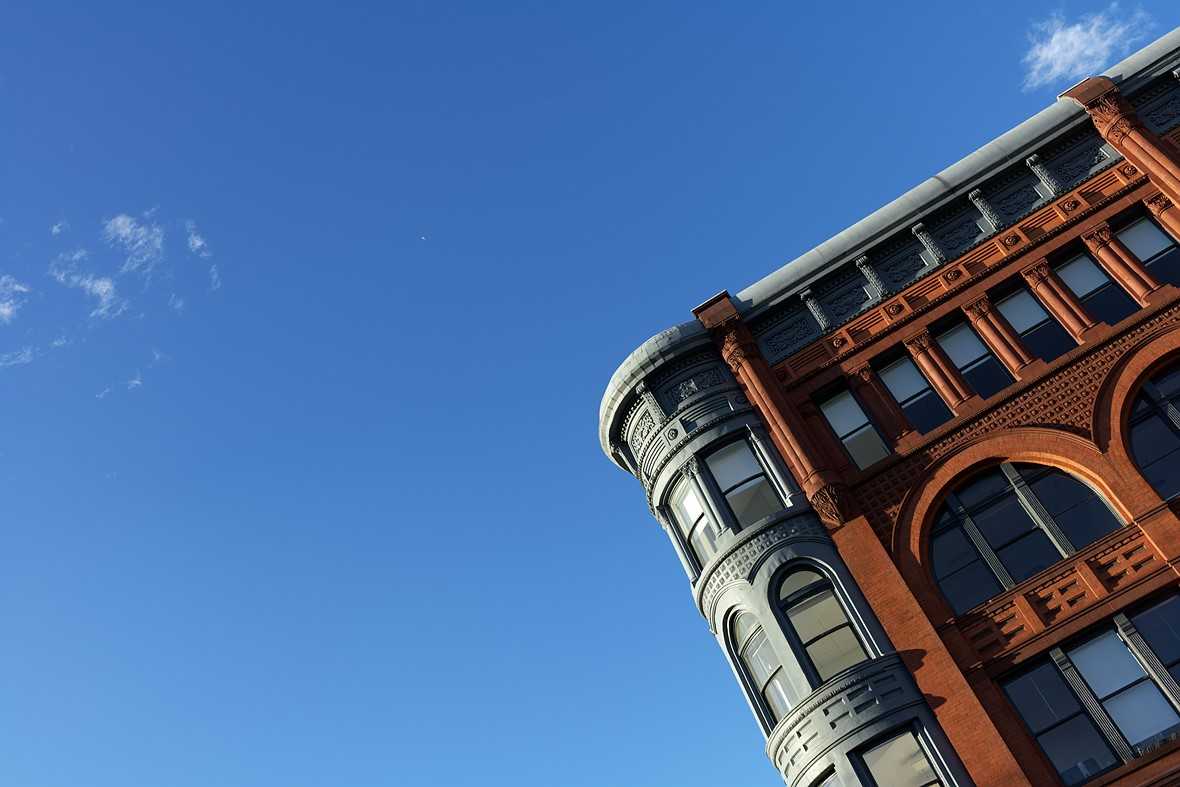 |
| This photo could be many things. A real-estate company’s annual report cover? A weary traveler’s reminder of a neighborhood? Just some camera reviewer’s weird take on Pioneer Square in Seattle? You decide.Out-of-camera JPEG | ISO 100 | 1/304 sec | F5.6 |
And then there’s the ZX1’s raison d’être; the inclusion of Lightroom Mobile. Thankfully, you don’t need an Adobe subscription to use the camera or even make most of the edits you might want to, in-camera. On the downside, the Lightroom export process is generally slower than a midrange Android phone, and its integration with the main camera’s settings could be improved.
Sensor comparison with a 35mm slide
The imaging sensor is at the core of digital cameras and its size is one of the main determining factors of image quality. A large sensor will generally have larger individual pixels that offer better low-light sensitivity, provide wider , and have richer than smaller pixels in a sensor of the same technological generation. Furthermore, a large sensor camera will give the photographer more possibilities to use shallow in order to isolate a subject from the background. On the downside, larger sensors are more costly to manufacture and tent to lead to bigger and heavier cameras and lenses.
The Zeiss ZX1 features a full frame sensor and has a format factor
(sometimes also referred to as «crop factor») of 1.0. Within the spectrum of camera sensors, this places the Zeiss ZX1 among the large-sensor cameras
that aim for top notch image quality.
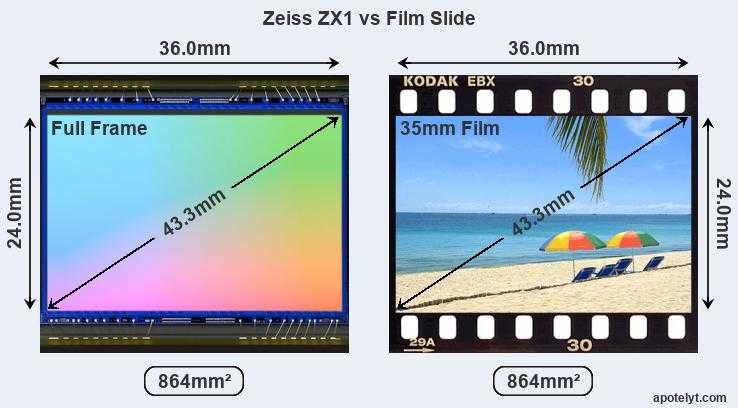
For most cameras, data on sensor performance has been reported by DXO Mark. This service is based on lab testing and assigns an overall score to each camera sensor, as well as ratings for dynamic range («DXO Landscape»), color depth («DXO Portrait»), and low-light sensitivity («DXO Sports»). The table below summarizes the physical sensor characteristics and sensor quality findings and compares them across a set of similar cameras.
| Camera Model | Sensor Class | Resolution (MP) | Horiz. Pixels | Vert. Pixels | Video Format | DXO Portrait | DXO Landscape | DXO Sports | DXO Overall | ||
|---|---|---|---|---|---|---|---|---|---|---|---|
| Note: DXO values in italics represent estimates based on sensor size and age. | |||||||||||
| 1. | Zeiss ZX1 | Full Frame | 37.4 | 7488 | 4992 | 4K/30p | 25.2 | 14.1 | 2759 | 94 | |
| 2. | Leica Q2 | Full Frame | 46.7 | 8368 | 5584 | 4K/30p | 26.4 | 13.5 | 2491 | 96 | |
| 3. | Leica M-E Typ 240 | Full Frame | 23.7 | 5952 | 3976 | 1080/25p | 25.2 | 14.2 | 2821 | 94 | |
| 4. | Leica V-LUX 5 | 1-inch | 20.0 | 5472 | 3648 | 4K/30p | 22.2 | 12.4 | 584 | 65 | |
| 5. | Leica M10-P | Full Frame | 23.8 | 5952 | 3992 | none | 25.1 | 14.1 | 2739 | 93 | |
| 6. | Leica M10 | Full Frame | 23.8 | 5952 | 3992 | none | 24.4 | 13.2 | 2133 | 86 | |
| 7. | Leica Q Typ 116 | Full Frame | 24.0 | 6000 | 4000 | 1080/60p | 24.3 | 12.7 | 2221 | 85 | |
| 8. | Panasonic FZ1000 II | 1-inch | 20.0 | 5472 | 3648 | 4K/30p | 22.1 | 12.4 | 546 | 65 | |
| 9. | Panasonic FZ1000 | 1-inch | 20.0 | 5472 | 3648 | 4K/30p | 22.1 | 11.7 | 517 | 64 | |
| 10. | Sony RX100 VI | 1-inch | 20.0 | 5472 | 3648 | 4K/30p | 22.1 | 12.3 | 478 | 64 | |
| 11. | Sony RX1R II | Full Frame | 42.2 | 7952 | 5304 | 1080/60p | 25.8 | 13.9 | 3204 | 97 |
Many modern cameras are not only capable of taking still images, but also of capturing video footage. The ZX1 indeed provides movie recording capabilities. The highest resolution format that the ZX1 can use is 4K/30p.
Лучшая бюджетная полнокадровая камера: Canon EOS RP
Canon пытается принести полнокадровую съёмку в массы при помощи относительно дешёвой камеры. Для своей цены она вполне солидная, но не помешало бы выпустить более дешёвые крепления объективов RF-mount.
Плюсы
- Компактный корпус с полнокадровым сенсором
- Переменный угол экрана LCD
- Встроенный электронный видоискатель
- Быстрый точный автофокус
- Инструменты Macro stacking и Timelapse
- Wi-Fi
- Привлекательная цена
Минусы
- Небольшой размер электронного видоискателя
- Дешёвые объективы пока недоступны
- Нестабильное обнаружение глаз и лиц
- Видео 4K сильно обрезается
- Ограниченный динамический диапазон сенсора
- Небольшая батарея
- Нет встроенной вспышки
Canon EOS RP
Zeiss
Камеры
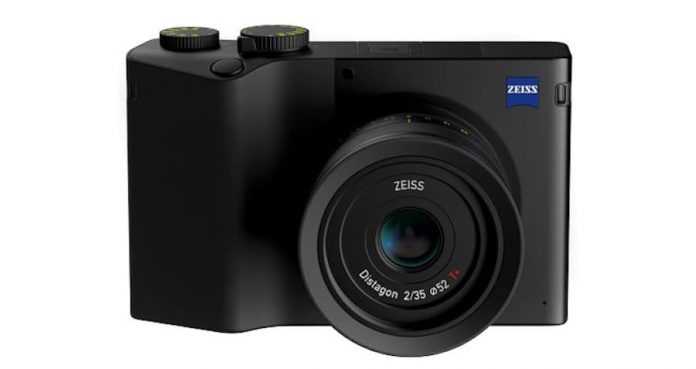
Adobe случайно подтвердили о скором выходе камеры Zeiss ZX1. После обновления RAW конвертера, в ПО появились профили данной камеры.
Инсайдер опубликовал полные характеристики Zeiss ZX1:
- 4MP полнокадровый CMOS-датчик
- Объектив ZEISS Distagon T * 35mm f / 2
- Минимальная диафрагма F/22; минимальная дистанция фокусировки — 30см.
- Объектив состоит из 8-ми элементов, расположенных в 5-ти группах. Диаметр фильтра — 52мм.
- Выдержка — от 1/8000 до 30 Seconds
- Доступны режимы: Exposure Modes Aperture Priority, Manual, Program, Shutter Priority
- Съемка видео в кодеке MP4 (NTSC/PAL)
- UHD 4K (3840 x 2160) при97p
- Full HD (1920 x 1080) при94p
- (Информации об ограничениях времени записи пока нет)
- Встроенный стереомикрофон
- Электронный видоискатель с покрытием кадра в 100%
- Встроенная вспышка отсутствует
- 0,74x Full HD OLED электронный видоискатель
- 4,34-дюймовый сенсорный ЖК-дисплей
- Чувствительность ISO 80-51200,
- Скорость непрерывной съемки 3 кадра в секунду
- Интегрированный Adobe Photoshop Lightroom CC
- Встроенный Wi-Fi и Bluetooth
- Внутреннее 512 ГБ хранилище SSD
- USB Type-C порт
- Аккумулятор на 3190 mAh
Introduction
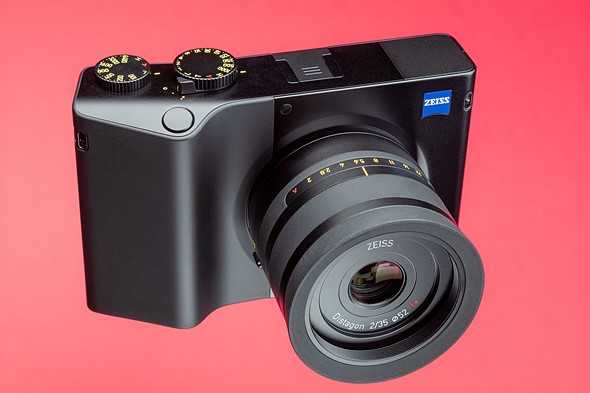 |
Studio product photography by Dan Bracaglia
The Zeiss ZX1 is the first-ever digital camera to come with Adobe Lightroom Mobile built-in, encouraging you to shoot, edit and upload images from a single device. It has a 37.4MP full-frame sensor, a fixed 35mm F2 lens and the largest screen we’ve ever seen on a modern digital camera at 4.34″ (11cm) diagonal.
Jump to:
| | | | | | | |
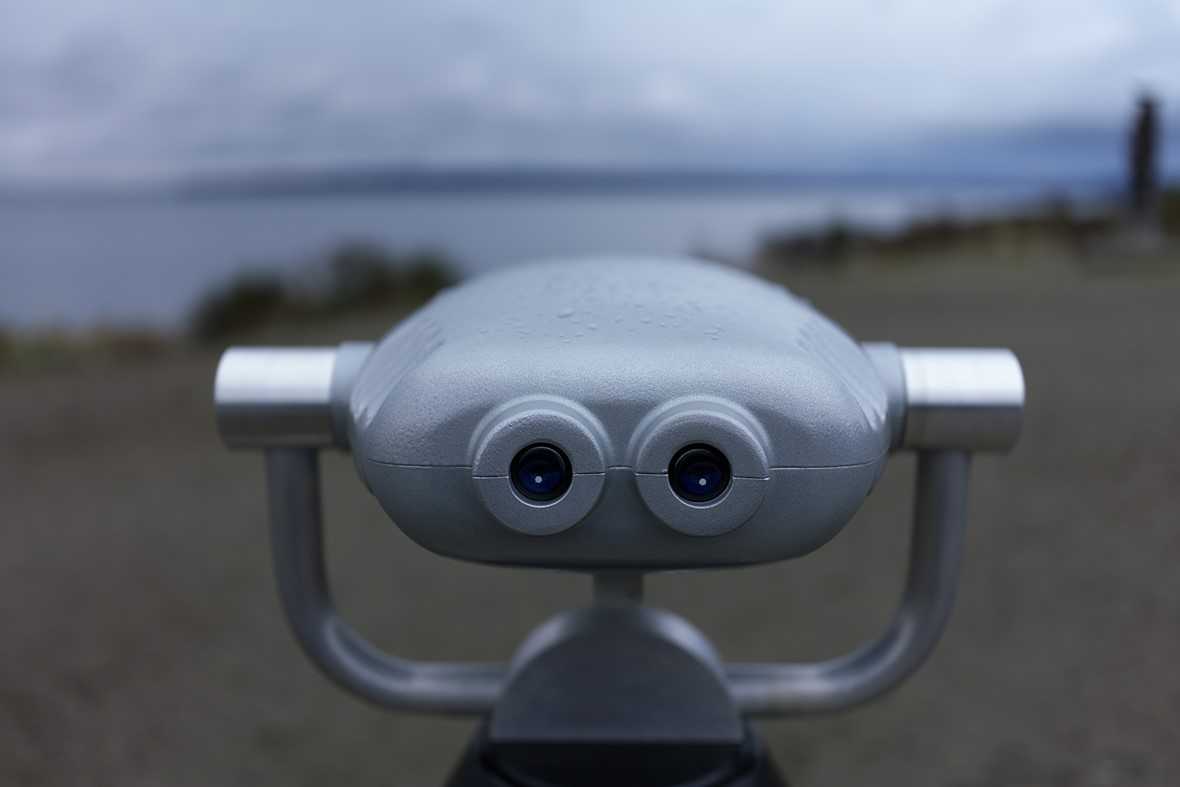 |
|
Look out, world, the Zeiss ZX1 has landed.Out-of-camera JPEG | ISO 100 | 1/683 sec | F2 |
Key specifications:
- 37.4MP full-frame sensor
- Fixed 35mm F2 lens with Zeiss T* coatings
- 4.3″ ‘angled’ LCD with 2.76M dots
- 0.74x magnification electronic viewfinder with 6.22M dots
- Maximum shutter speed of 1/2000 sec (flash sync up to 1/1000 sec)
- Contrast and phase-detection AF
- 3 fps max burst speed
- 4K/30p, 1080/60p video capture
- Wi-Fi and Bluetooth
- 512GB internal SSD, external storage using USB-C
- Single USB-C port, supporting USB Power Delivery and HDMI alt mode
In addition to having Lightroom installed, the ZX1 is unconventional in that it includes an especially minimal set of physical controls – ostensibly, to encourage a ‘back-to-basics’ way of shooting – while also requiring you to use that big touchscreen in a way that you don’t need to on most other high-end cameras.
So, how well does ‘back-to-basics’ work when combined with a modern, smartphone-esque interface? Read on to find out.
The Zeiss ZX1 is available now at a suggested price of $6,000.
Подключаемые устройства
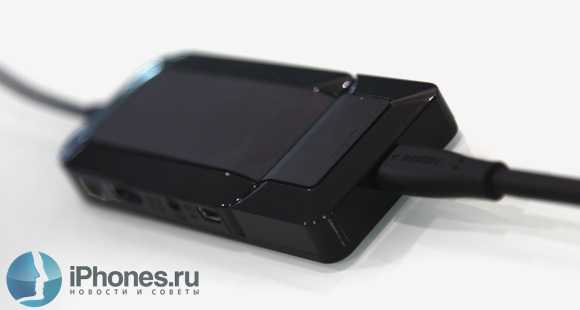
В комплекте с очками идет адаптер на mini-HDMI. Крепится он непосредственно на блок управления, создавая с ним монолитную конструкцию. Подключиться к стационарным устройствам можно через переходник с mini-HDMI на HDMI, который также есть в комплекте. Все остальное продается отдельно.
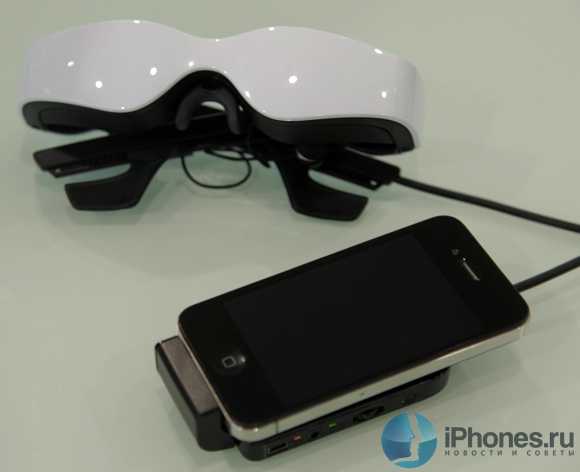
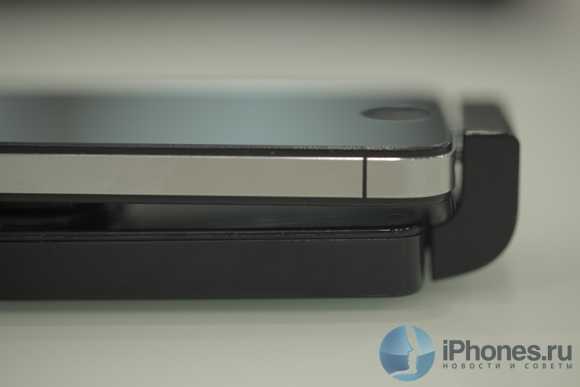

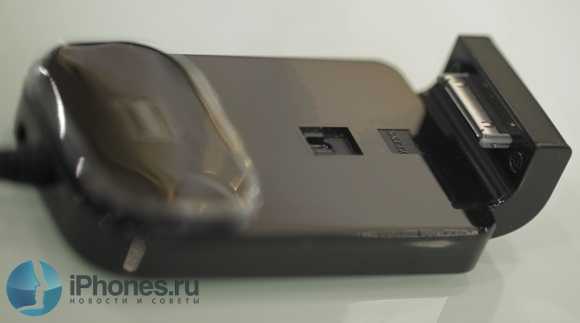
Естественно, мы сразу взяли на тест адаптер для iPod и iPhone вплоть до 4s. Как и в случае с HDMI, правильно собрав конструкцию, мы получим монолитный блок для размещения на нем плеера или телефона. Разница в толщине устройств компенсируется с помощью резиновых накладок.
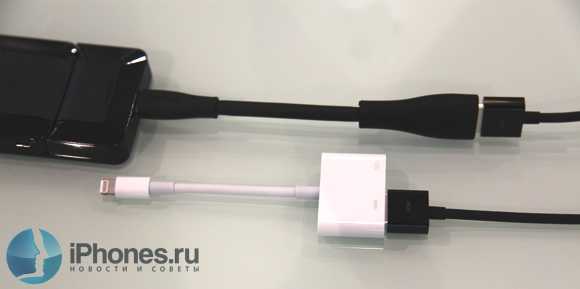
Фирменного адаптера от Zeiss для iPhone 5 в продаже пока нет. Вместо него можно воспользоваться официальным проводом с HDMI на Lightning от Apple.
Nikon D5600 + AF-S 18-105 VR
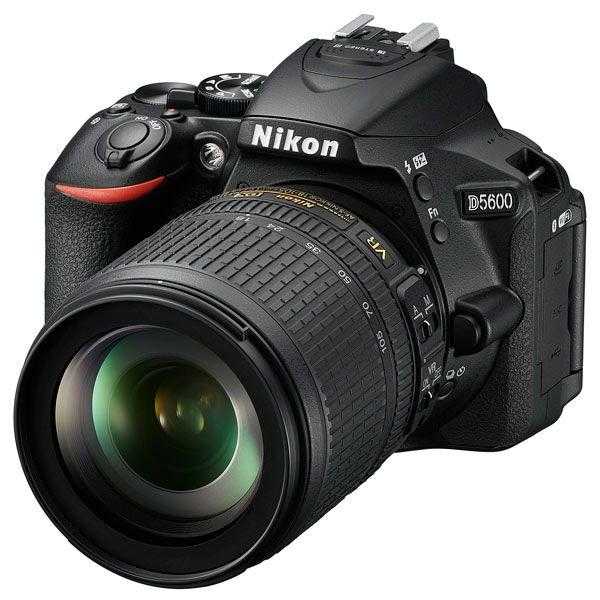
Тип матрицы:
CMOS
Интерфейсы:
Wi-Fi, USB, HDMI, Bluetooth, NFC, микрофон
Карты памяти:
SDHC, SD, SDXC
Объектив:
сменный, в комплекте
Кроп-фактор:
1.5
Все характеристики…
Оценка читателей:
5/5
Читать отзывы
Отличный вариант для новичка, который только начал свой путь в мире фотографии и видеосъёмки. Объектив AF-S 18-105 VR поможет добиться высокого качества видео и хорошей четкости изображения. CMOS-матрица DX-формата, которая поддерживает разрешение 24,5 Мп, позволяет сделать кадр по-настоящему широким и глубоким, чтобы передать объём изображения как можно лучше. Поддержка съёмных объективов позволит делать разноплановые фото и интересные композиции, меняя поле зрения и угол обзора камеры.
Съёмка видео радует. Даже новичок может записать киношную картнику, установив автоматический режим. Единственная серьёзная проблема — съемка при плохом или динамичном освещении. В таких условиях камера ведет себя непредсказуемо, если установить режим на автомат.
Usage impressions
 |
The question we started out with was, «how well does ‘back-to-basics’ work when combined with a modern, smartphone-esque interface?'»
As it turns out, fairly well. The Zeiss ZX1 doesn’t come off as though it’s having an identity crisis, nor as an electronic gadget with novelty that starts to wear off on the packaging you remove it from. It comes off, simply, as a camera – albeit one that has its fair share of quirks.
 |
| This was one of my favorite images from a quick backyard photo shoot, but even with the AF area over my subject’s face, the image ended up slightly back-focused That bokeh, though…Tap or click through for the full image.Adjusted in Camera Raw 13 | ISO 100 | 1/271 sec | F2 |
The direct dials and big displays go a long way towards allowing you to just focus on photographing what’s in front of you. It’s a camera that is pretty well-suited to being your daily photographic companion, capturing the ins and outs of daily life and allowing you to share those moments from wherever you happen to be. Unfortunately, the control rings are incredibly difficult to operate by feel with your eye to the finder, and you have to really press your eye to the finder to get the full picture.
Further quirks do irk. The ZX1’s autofocus system is both basic and a bit unusual – we’ll cover more details in the dedicated autofocus section to come. Shooting with ‘image review’ enabled forces you into watching an animation of your last-shot image fly up to your camera roll, which takes extra time (just disable image review for the most fluid shooting experience). Also, that ISO dial should really be an exposure compensation dial or at least a multi-purpose dial with exposure compensation as an option.
 |
| This photo could be many things. A real-estate company’s annual report cover? A weary traveler’s reminder of a neighborhood? Just some camera reviewer’s weird take on Pioneer Square in Seattle? You decide.Out-of-camera JPEG | ISO 100 | 1/304 sec | F5.6 |
And then there’s the ZX1’s raison d’être; the inclusion of Lightroom Mobile. Thankfully, you don’t need an Adobe subscription to use the camera or even make most of the edits you might want to, in-camera. On the downside, the Lightroom export process is generally slower than a midrange Android phone, and its integration with the main camera’s settings could be improved.
Autofocus
 |
|
For the types of travelogue-style images you’re likely to capture using a camera with a fixed 35mm lens, the ZX1’s autofocus system will function fine much of the time.Processed in Adobe Camera Raw 13 | ISO 100 | 1/2544 sec | F2 |
The autofocus implementation on the ZX1 is fairly basic: You get Single AF and Continuous AF, along with a choice of three AF area sizes. There’s also face-detection autofocus (included in firmware 1.4), but we’ll delve into that a little later on, and there’s a ‘touch-and-release’ option which lets you tap wherever you’d like to acquire focus, and the camera will then focus and fire off a shot.
With touch-and-release turned off, there’s no option to tap where you want the camera to focus; instead you have to press and drag the AF point from its current position. Double-tapping the screen returns the AF point to the center.
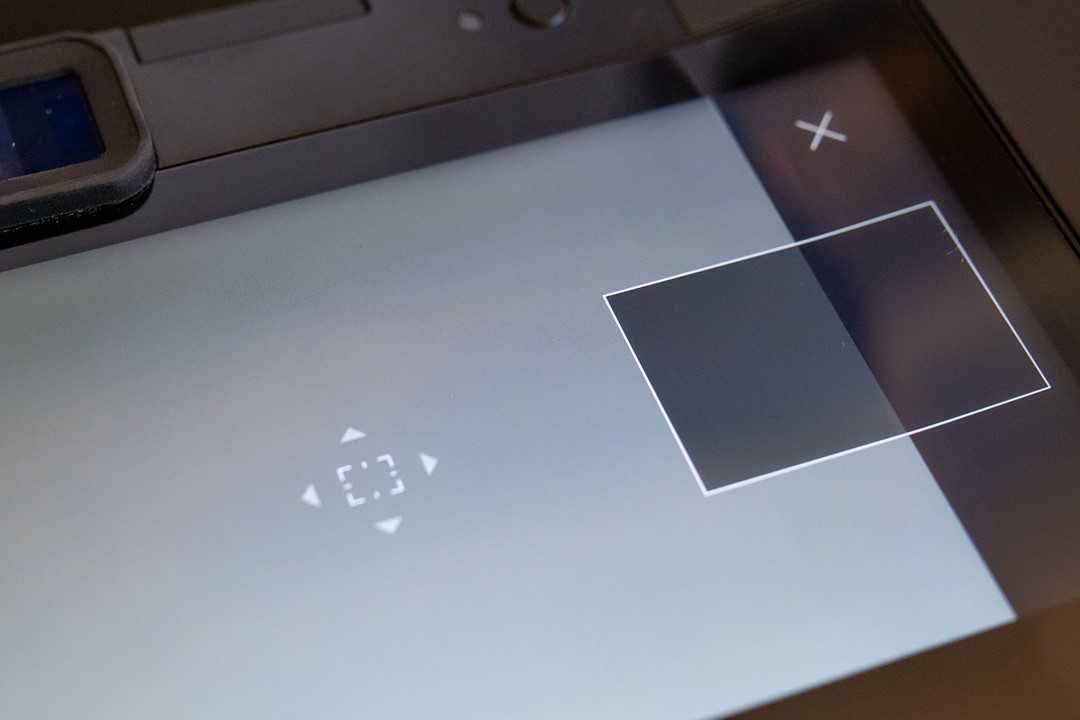
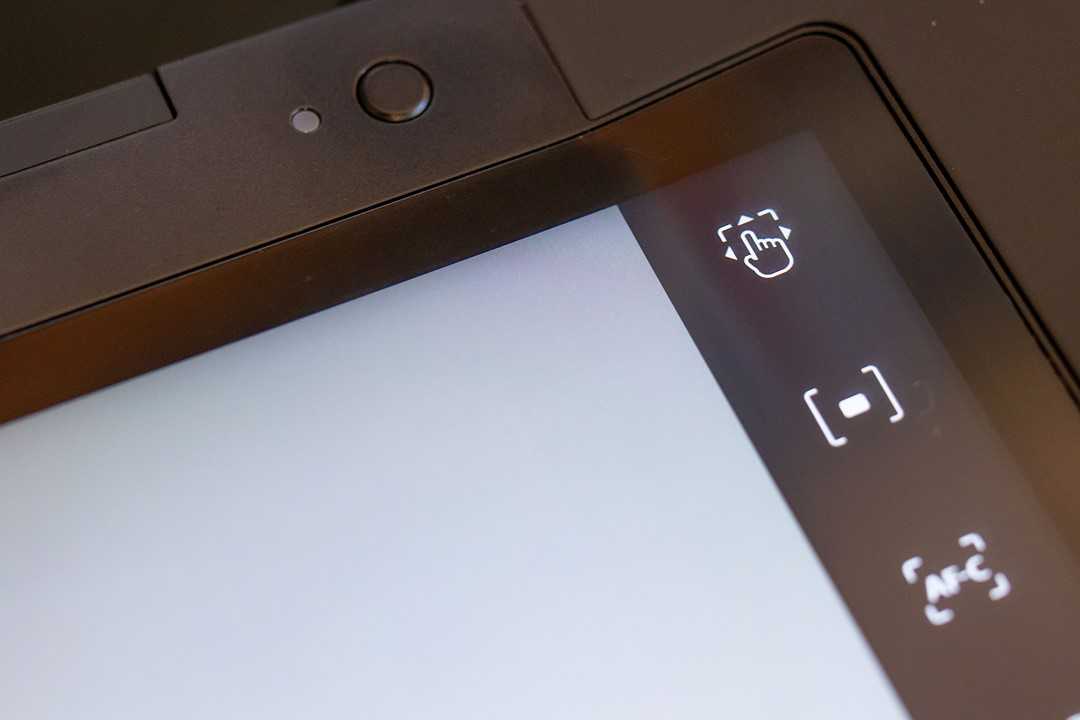
To enable touchpad AF, you must first tap a little icon on the control portion of the screen, and then you can drag in the box overlay to move the AF point around.
There is an option to bring up a small touch-pad overlay on the screen, on which you can drag your finger to move your focus point around more easily with your eye to the viewfinder. Unfortunately, it disappears every time you half-press the shutter to initiate focus anew, and so you’ll have to re-enable it frequently with a tap on the side controls.
In use, we found that – despite firmware 1.4’s promise of improved AF consistency – the camera would occasionally front-or-back focus, even with stationary subjects in single AF. It was just enough to be noticeable if you look closely, and with a super sharp lens in front of a sensor with 37MP of resolution, it’s frequently tempting to look closely at your ZX1 images.
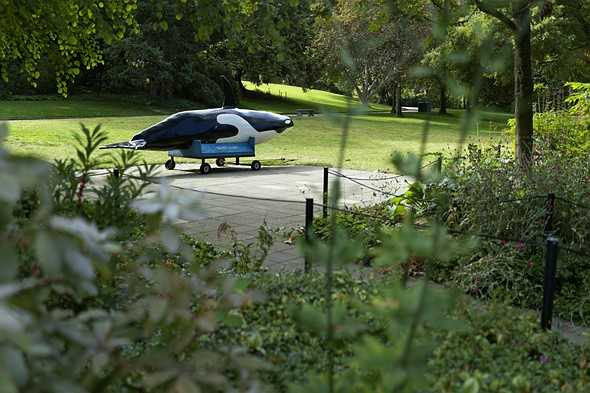 |
| Do not climb on orcas. Unfortunately, despite having an AF area directly over the stationary sculpted orca, the ZX1 back-focused, visible at full-size.Out-of-camera JPEG | ISO 100 | F2.2 | 1/724 sec |
The above image is a good demonstration. Despite there being no movement in the scene and the AF area placed over the whale, the ZX1 back-focused onto the grass behind the subject. Then again, if you’re just going to upload this to your favorite whale-watching community social media page, it’s not so out-of-focus to be a problem considering how much compression some platforms apply.
Continuous autofocus works well enough with contrasty subjects, though you may notice some hunting. If you’re shooting with the rear screen, you can drag your AF area around and the camera will continue to adjust focus accordingly as long as you keep the shutter half-pressed. You can program the rear customizable button to be ‘Focus Lock,’ so you can halt focusing and recompose as necessary.
There is no generic subject-tracking option on the ZX1, so you may find yourself sticking to single AF, acquiring focus and then recomposing slightly – it’s generally quicker than manually re-positioning the AF point, but again, with so much resolution, any photographer or subject movement during re-framing could mean your main subject gets a bit out of focus.
 |
| Focus in this image, using single AF and a single area, was spot-on.Processed from Raw in-camera | ISO 800 | 1/60 sec | F2 |
The addition of face detection in firmware 1.4 is appreciated, but the implementation is somewhat lacking. Once enabled, you’ll find the camera re-focusing all the time, whether you have the shutter half-pressed or not, attempting to acquire focus on whatever subject is under your AF area. (This could be because the camera would otherwise struggle to find a face in an extremely defocused scene, but it’s still not ideal behavior much of the time.)
Once a face is detected, the AF area box disappears and the camera will draw an outline around that face and attempt to maintain focus on it, again, whether you’re half-pressing the shutter or not. If there are multiple faces in a scene that the camera can recognize, you can tap to choose which face to focus on.
But the fact that the camera attempts to refocus (and subsequently hunts back and forth) constantly while face detection is enabled means that you’ll probably leave it off for general shooting, and then may forget to turn it on when you’d like to use it. (In my experience, at least.)
Sony
Камеры
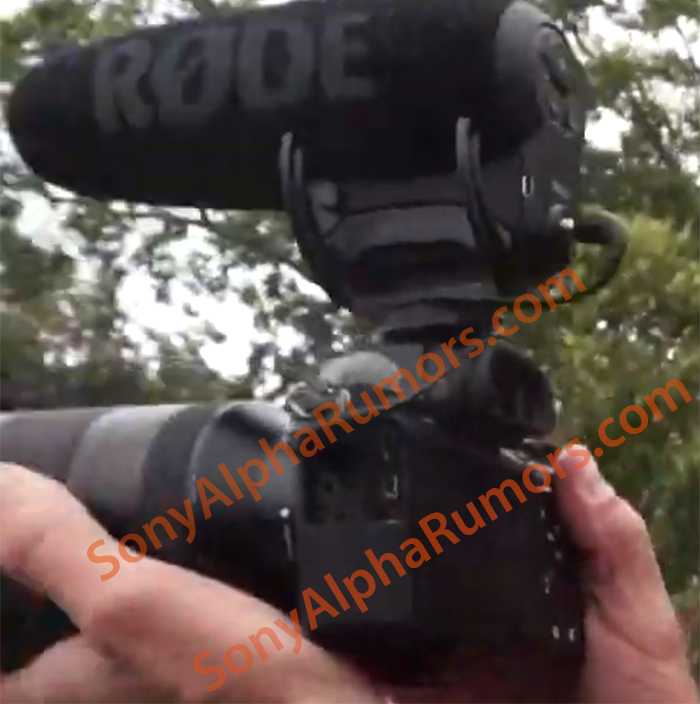 фото: sonyalpharumors
фото: sonyalpharumors
Стало известно, что компания Sony подтвердила свое участие на выставке Photokina. Выставка стартует в мае 2020 года. Об этом заявил менеджер компании Yosuke Aoki. Информации о том, что именно представят Sony пока нет, однако, наиболее ожидаемые камеры от производителя в настоящий момент — это Sony A7IV и Sony A7SIII, выход которой неоднократно откладывался по ряду причин.
Источник опубликовал первую фотографию рабочего прототипа камеры Sony A7SIII, как видно из фото, камера значительно выросла в размерах относительно прошлого поколения. И несмотря на то, что источник напоминает нам о прототипе, который имел систему активного охлаждения аналогичную Panasonic S1H, на этом снимке радиатора не видно.
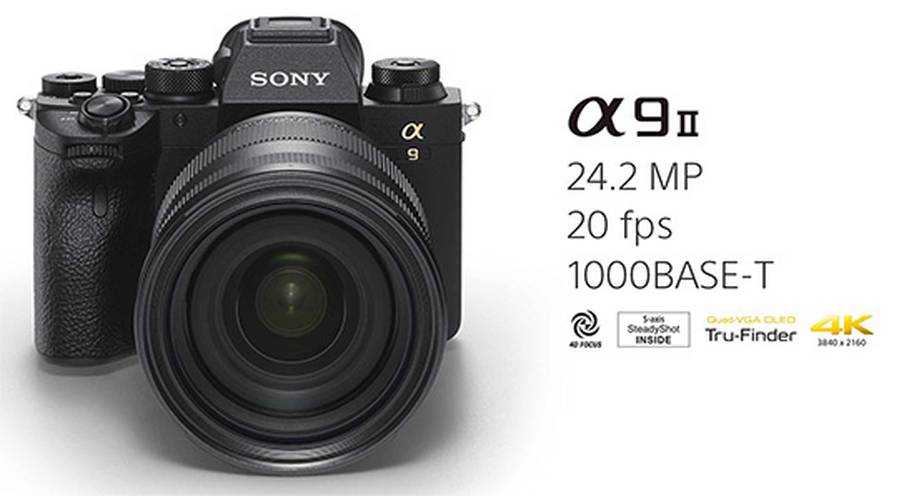
В России Sony объявила цену на камеру Alpha 9 II (модель ILCE-9M2). Новинку можно будет приобрести уже в этом месяце, а стоимость новой Alpha 9 II составит 389 990 рублей за камеру без объектива. Новинка Alpha 9 II использует тот же многослойный полнокадровый 35 мм CMOS-сенорс Exmor RS с разрешением 24,2 Мп и встроенную память, как в оригинальной камере Alpha 9.
Video
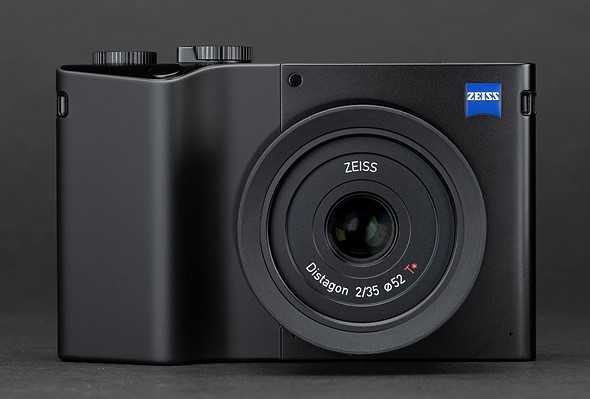 |
The ZX1 provides enough control over video to be useful for photographers wanting to grab occasional clips, though there are a few limitations to be aware of. The first of those limitations is a significant 1.48x crop factor whether you’re shooting 4K or Full HD (1080p) footage, giving you a field of view roughly equivalent to a 52mm lens in full-frame terms. For many, that will immediately rule out the ZX1 for many types of video work.
There is also significant rolling shutter when shooting 4K; we measure the readout rate to be around 32.4ms. This means that if you’re hand-holding the camera or engaging in even gentle pans, you will see slanted verticals and a ‘jell-o’ effect quite often. This is less of an issue when shooting 1080p, where we measure a readout rate of around 16ms.
Now, let’s look at outright quality.
As you can see, the ZX1 captures outstanding detail in its 4K mode, turning in better performance than the Leica Q2 (though the Leica has a much less restrictive 1.09x crop when shooting UHD 4K), and the Zeiss falls a little behind the performance of Fujifilm’s X100V. If you switch to 1080p capture, be prepared to deal with plenty of moiré patterning.
When shooting video on the ZX1, you are only able to shoot 4K/30p using an h.265 codec or 1080/60p with an h.264 codec: no other resolution / frame rate combinations are possible. Both automatic and manual exposure options are available, and if you want to lock in your shutter speed and aperture manually, exposure compensation is available and will control your Auto ISO value. The ZX1 has stereo internal microphones with levels that can be automatically or manually controlled.
Объективы
TTArtisan
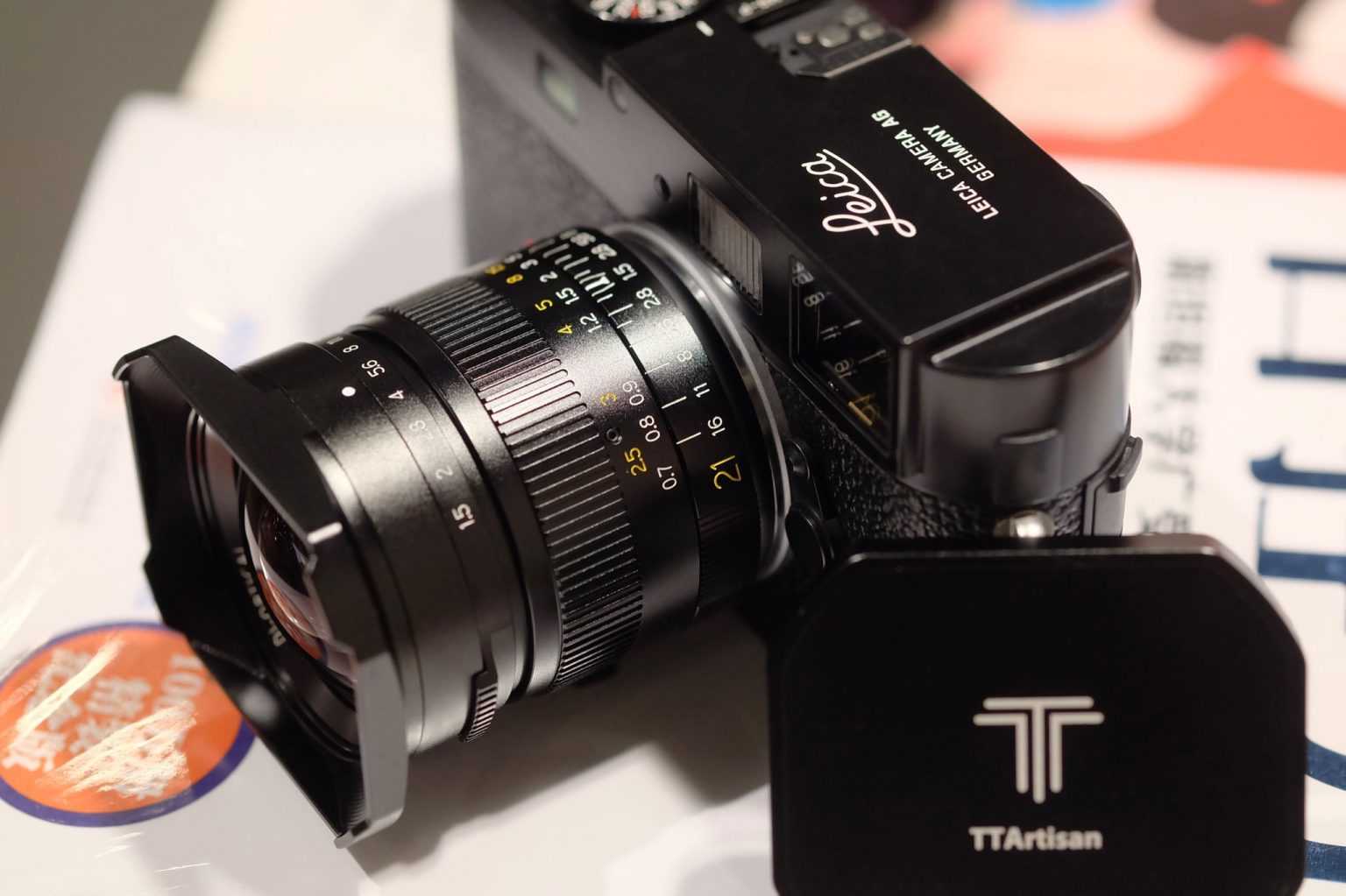
- Фокусное расстояние: 21 мм
- Максимальная диафрагма: F1.5
- Минимальная диафрагма: F16
- Тип объектива: для полнокадровых камер
- Количество лепестков диафрагмы: 10
- Конструкция объектива: 13 элементов в 11 группах
- Метод фокусировки: только ручная фокусировка
- Система стабилизации: отсутствует
- Минимальная дистанция фокусировки: 0,7 м
- Материал корпуса объектива: Металл
[Поступил в продажу новый объектив TTArtisan 21mm f/1.5]
Zenit
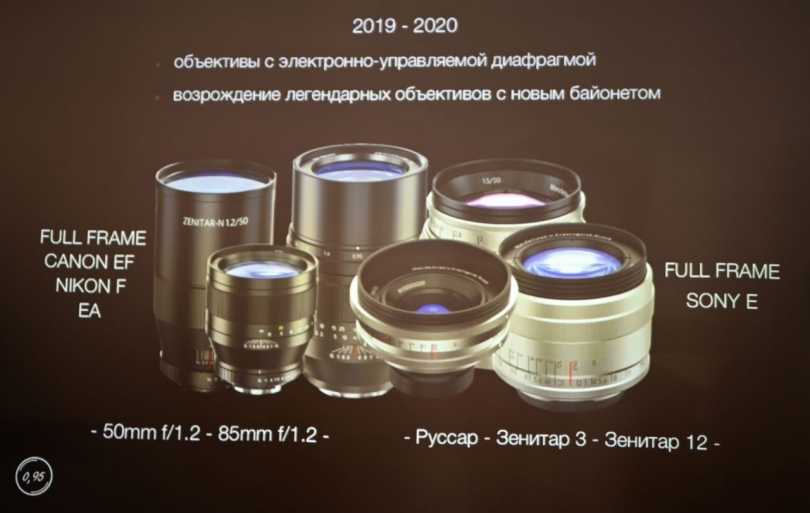 Фото: sonyalpharumors.com
Фото: sonyalpharumors.com
Появилась информация, что Zenit планирует выпустить несколько E-mount объективов серии Helios Edition, ими могут быть: 20mm f/5.6, 50mm f/1.5 и 35mm f/2.0. Все перечисленные новинки будут иметь похожую оптическую схему как у Гелиос-40. Кроме того, Zenit также планирует выпустить новый объектив E-mount Jupiter-3, а также новый 35mm f/1.0 FE.
Introduction
 |
Studio product photography by Dan Bracaglia
The Zeiss ZX1 is the first-ever digital camera to come with Adobe Lightroom Mobile built-in, encouraging you to shoot, edit and upload images from a single device. It has a 37.4MP full-frame sensor, a fixed 35mm F2 lens and the largest screen we’ve ever seen on a modern digital camera at 4.34″ (11cm) diagonal.
Jump to:
| | | | | | | |
 |
|
Look out, world, the Zeiss ZX1 has landed.Out-of-camera JPEG | ISO 100 | 1/683 sec | F2 |
Key specifications:
- 37.4MP full-frame sensor
- Fixed 35mm F2 lens with Zeiss T* coatings
- 4.3″ ‘angled’ LCD with 2.76M dots
- 0.74x magnification electronic viewfinder with 6.22M dots
- Maximum shutter speed of 1/2000 sec (flash sync up to 1/1000 sec)
- Contrast and phase-detection AF
- 3 fps max burst speed
- 4K/30p, 1080/60p video capture
- Wi-Fi and Bluetooth
- 512GB internal SSD, external storage using USB-C
- Single USB-C port, supporting USB Power Delivery and HDMI alt mode
In addition to having Lightroom installed, the ZX1 is unconventional in that it includes an especially minimal set of physical controls – ostensibly, to encourage a ‘back-to-basics’ way of shooting – while also requiring you to use that big touchscreen in a way that you don’t need to on most other high-end cameras.
So, how well does ‘back-to-basics’ work when combined with a modern, smartphone-esque interface? Read on to find out.
The Zeiss ZX1 is available now at a suggested price of $6,000.
Zeiss ZX1: первая полноформатная камера с Lightroom
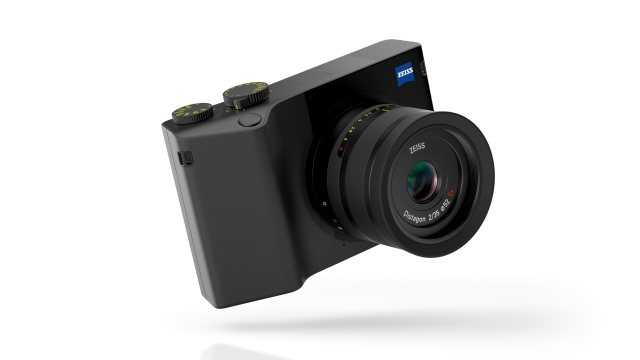
На крупнейшей фотовыставке Photokina никто не ожидал услышать о новой камере Zeiss ZX1. И в этом нет ничего удивительного, ведь у известного немецкого производителя оптики даже не было собственного стенда.
Тем приятнее, что цифровая полноформатная камера так выгодно отличается от своих конкурентов, и не только благодаря своему элегантному дизайну, но и, в первую очередь, благодаря своим техническим характеристикам и интересной концепции управления. И не забудем про встроенный Adobe Lightroom! С новой камерой ZX1 фотограф может выстроить весь творческий процесс без применения каких-либо дополнительных инструментов: от создания фотографии до ее печати.







![Sony a7siii | zeiss zx1 | leica summilux-m 90/1,5| zenit helios edition для e-mount [pwd#50] - photar.ru](http://sariola.ru/wp-content/uploads/7/e/6/7e679565674e1588d3b0c12960af9549.jpeg)



















![Sony a7siii | zeiss zx1 | leica summilux-m 90/1,5| zenit helios edition для e-mount [pwd#50]](http://sariola.ru/wp-content/uploads/8/6/c/86c4cc18478e2c44cfb76617a8933739.jpeg)


















![Sony a7siii | zeiss zx1 | leica summilux-m 90/1,5| zenit helios edition для e-mount [pwd#50] - photar.ru](http://sariola.ru/wp-content/uploads/7/7/8/7780eed076a4effbc732b264918d852d.jpeg)



